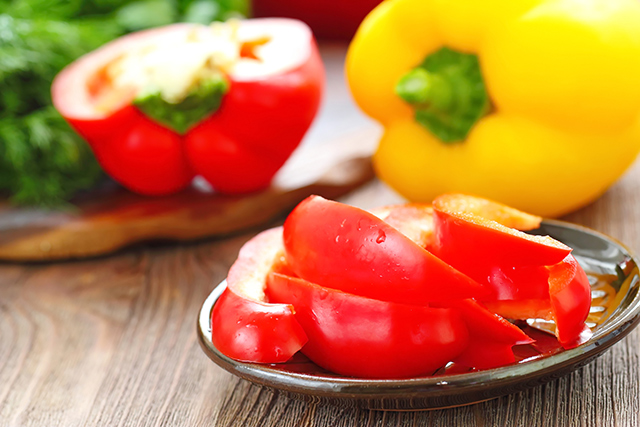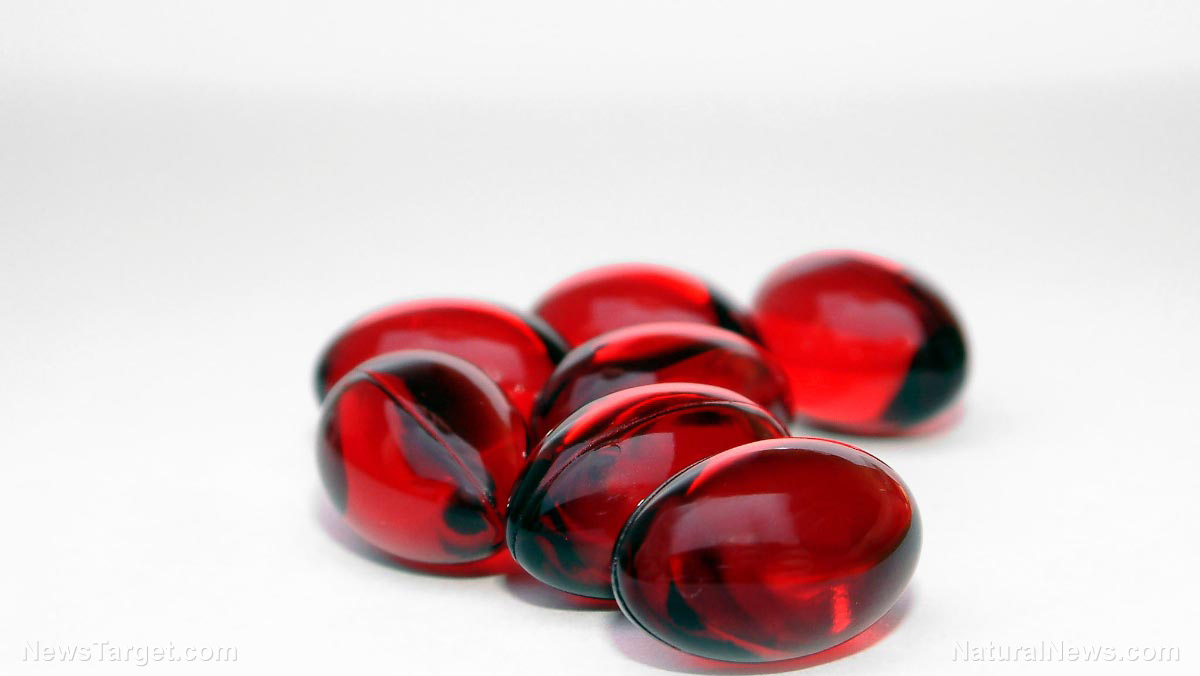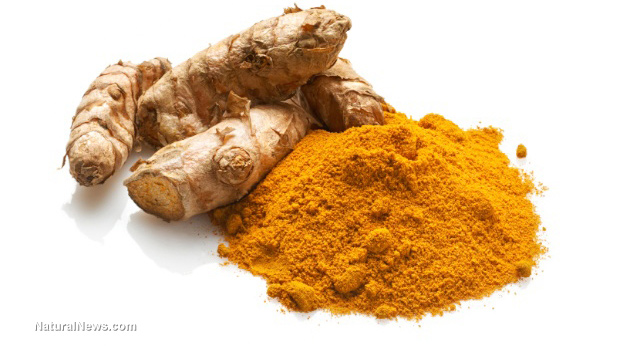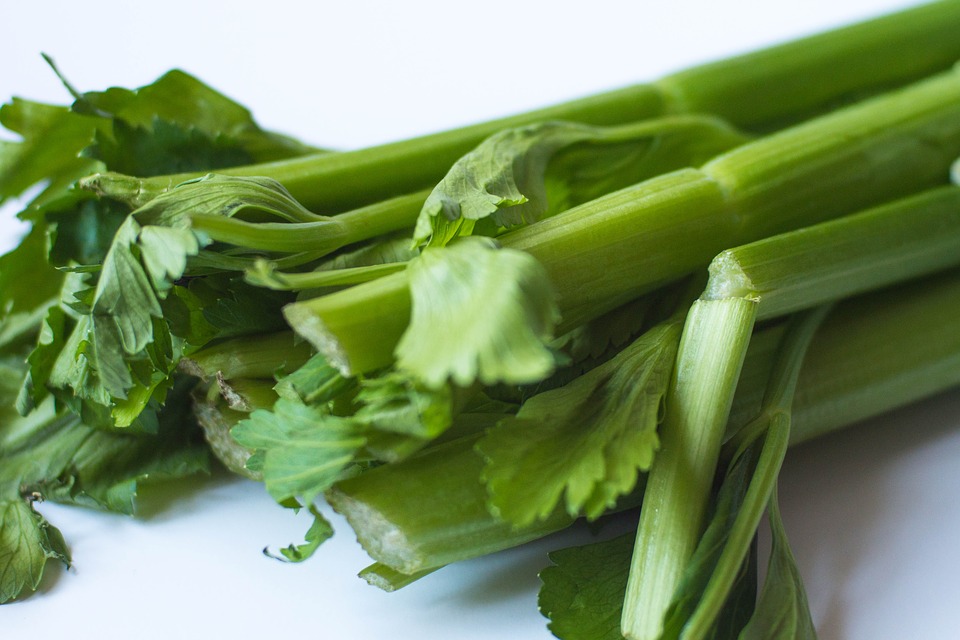3 Reasons to start your morning with a glass of cayenne pepper water
02/26/2019 / By D. Samuelson

The dry pods of the red chili pepper, also known by the Latin name capsicum, is where the potent cayenne pepper originates, says Cayenne Pepper Info. This dark red cayenne powder has long been known as a medicinal herb and a spice for cooking. Cayenne pepper gets its heat from a chemical compound called capsaicin, “which stimulates the chemoreceptor nerve endings in the skin and your mucus membranes.” It’s a heat that can take some getting used to, but the benefits are worth it.
Cayenne pepper has been embraced for centuries in many cultures around the world not only for its culinary appeal, but as a powerful medicinal agent in the healing of ulcers, the circulatory system, to help strengthen the heart, improve metabolism, assist in eliminating “plaque from the arteries” and to stimulate “the peristaltic action in the intestines.” Here are three very good reasons why you should add a little spicy hot cayenne pepper to your water and your daily routine, courtesy of Livestrong.
Vitamin A Power and More
The mighty cayenne pepper is abundant with vitamin A, which we need for good eyesight. You’ll receive 44 percent of your vitamin A daily minimum requirement in one tablespoon of cayenne pepper. Healthy Eating reports that vitamin A is important in the production of a protein called rhodopsin, “which absorbs light in the retina.” Vitamin A also produces pigments to maintain a healthy retina. That tablespoon of cayenne also gives you seven percent of your daily need for vitamin C, as well as eight percent of your vitamin E requirements. The flavonoids found in cayenne offer abundant anti-oxidant action, which can protect cells “from free-radical damage.” The pepper’s red color indicates the presence of beta carotene, which helps the immune system by fighting free radicals and may help protect against stomach cancer.
Metabolism Boost
The heat giving capsaicin compound was the subject of a 2012 study that invited participants to add capsaicinoids to their diet. The subjects burned more calories per day, ate less than normal and had less belly fat. The researchers surmised that the heat from capsaicin caused a boost in the metabolism to help burn the fat, while increasing the amounts of expended energy.
Good Body Hydration
Water is a primary element of life and critical for many bodily processes — to flush out toxins, maintain the body’s temperature, “lubricate your joints, nourish your cells and aid in digestion.” On average, men should imbibe thirteen cups of water per day, while women need at least nine, but keep in mind your specific needs could be more. Drinking cayenne pepper in a portion of your daily water is another way to ensure that you’re getting the fluids you need. To protect yourself against water with fluoride, pharmaceuticals, or heavy metals, you’ll want to consider purchasing a high quality water filter.
Cayenne pepper is best taken in two to three ounces of very warm water, and it’s best to start your supplement very slowly, with only an eighth to a quarter teaspoon. Use high heat, but do not boil the water. Pour the hot water over the cayenne pepper and let it steep for at least one minute.
Too much cayenne pepper can irritate the stomach or cause abdominal pain. An additional cautionary note comes courtesy of the University of Maryland Medical Center who says that capsaicin “may interact with certain medications, such as those used to treat high blood pressure or diabetes.” As with any herb, if you are on any medications, check with your health care provider before adding new herbs to your diet regimen.
Sources include:
Tagged Under: alternative medicine, beta carotene, cayenne pepper, Cures, healing, natural cures, natural remedies, prevention, vitamin A



















